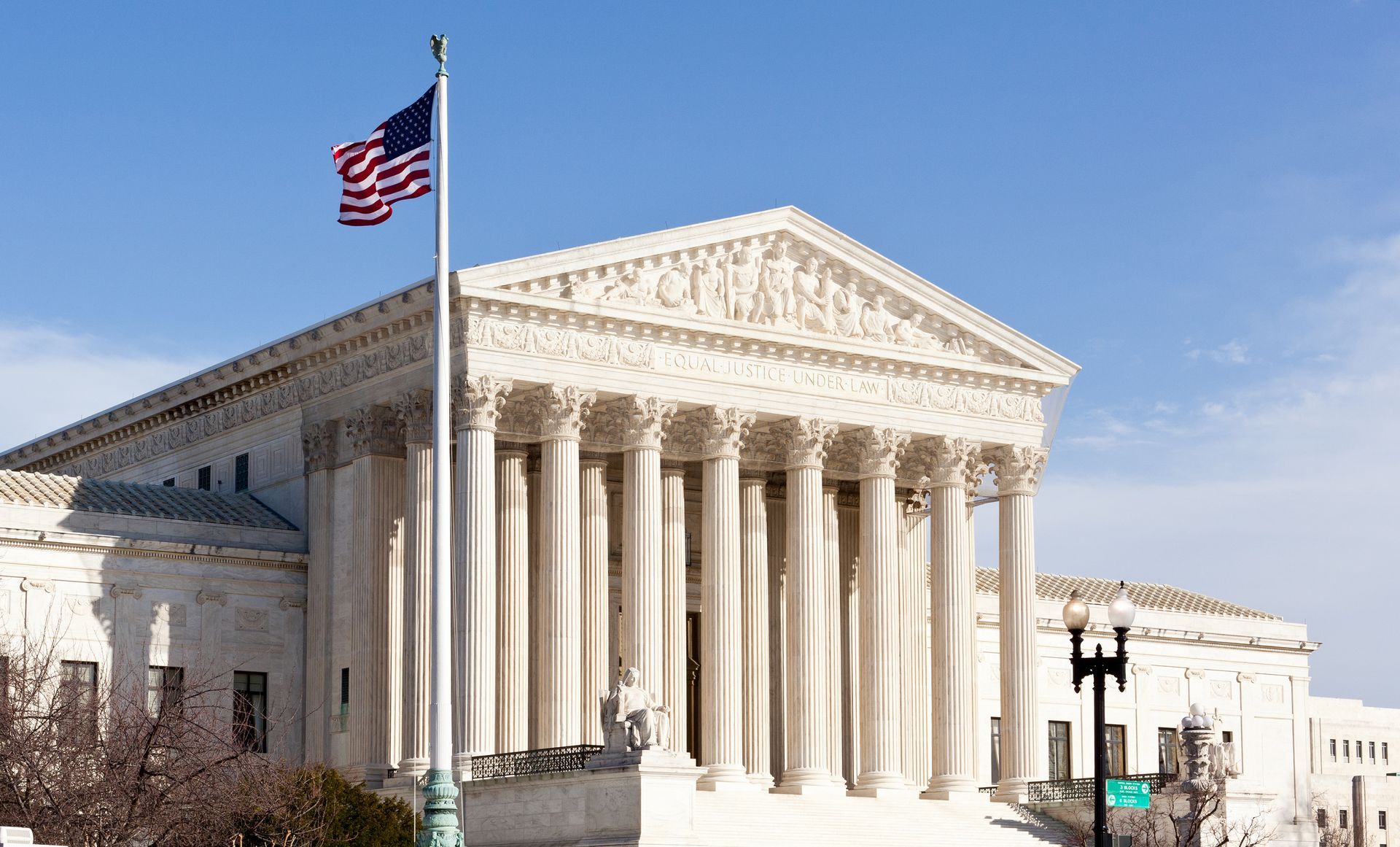Understanding Chevron Deference
Ryan Parada • April 18, 2024

In the amazing depth of American law, few doctrines have been as influential in shaping the power between the judiciary, the legislature, and administrative agencies as Chevron Deference.
This principle, emanating from the 1984 U.S. Supreme Court case Chevron U.S.A., Inc. v. Natural Resources Defense Council, Inc. has played a critical role in determining how laws are interpreted and who gets to interpret them. Let’s look into what Chevron Deference is, its implications, the shift in power it represents, its potential to signify the end of the administrative state as we know it, and the future of regulation.
What is Chevron Deference?
Chevron Deference is a judicial principle instructing courts to defer to a federal agency’s interpretation of laws to implement regulations. If Congress has not addressed a specific issue in a statute, and the agency’s interpretation is deemed “reasonable,” then the Court must accept the agency’s interpretation. The rationale behind this deference is that federal agencies possess expertise in their respective domains and are accountable to the President of the United States, making them better suited to interpret ambiguous statutes in complex areas. This is a blank check written to every agency bureaucrat to implement whatever regulations they see fit.
This doctrine empowers advocates in the administrative state to take the power of regulation into their own hands, even if they are using lousy research, conflating research, or searching for research that supports their position. There is no check or balance on the administrative state, and Chevron Deference ensures that these advocate bureaucrats can force change across dozens of agencies.
So, Why Are We Talking About Chevron Deference?
The U.S. Supreme Court recently heard cases questioning the Chevron Deference doctrine in Relentless, Inc. v. U.S. Department of Commerce and Loper Bright Enterprises v. Raimondo. These cases challenged the Chevron decision and would reverse the former Court’s decision. If this were to happen, the power of regulation would fall back onto the legislature, as was constitutionally intended. The legislature is made up of public servants who have to have the American people’s best interests in mind due to their re-election.
Relentless, Inc. v. U.S. Department of Commerce and Loper Bright Enterprises v. Raimondo are likely to be decided early this summer. If reversed, this will be one of the U.S. Supreme Court’s most impactful decisions on United States businesses.
Who Has the Power Now?
With Chevron Deference, the power dynamic shifts significantly towards administrative agencies. The doctrine grants agencies the primary role in interpreting ambiguous statutes, recognizing the expertise and specialization of these entities in their respective fields with no concern about advocates being in the ranks of these regulatory agencies.
The judiciary retains a crucial role in reviewing the legality of agency actions and ensuring that agencies do not exceed their statutory authority, but the Chevron Deference doctrine pushes most of this interpretation onto career bureaucrats rather than any elected official.
Who Will Regulate?
If Chevron Deference were to be significantly limited or even completely overturned, the question arises: who will then regulate?
The most immediate answer is that the courts would become more active in interpreting statutes, potentially leading to increased litigation as parties challenge agency interpretations. This shift could place a more significant burden on the judiciary and result in more varied interpretations of laws across different jurisdictions. Furthermore, Congress will feel pressure to draft more detailed and specific legislation, as they were supposed to do when regulatory laws and powers were initially introduced.
The Effect on Future Regulation
The future of Chevron Deference and its effect on regulation is uncertain. Whether Chevron continues in its current form, is modified, or is eventually overturned, the debate surrounding it is indicative of more considerable tensions within the American legal and political systems regarding the role of government, the separation of powers, and the means of achieving democratic accountability in the regulation of complex, modern societies.
Chevron Deference serves as a cornerstone of administrative law, shaping the contours of federal regulation and the balance of power among branches of government. Its future will undoubtedly have profound implications for how laws are interpreted and implemented, the nature of the administrative state, and the dynamics of power and accountability in the governance of the United States. As the legal and political landscapes evolve, so will the debates around the pivotal doctrine, reflecting the ongoing struggle to balance expertise, democracy, and the rule of law in a complex and changing world.
Ryan Parada is the Chief Government Affairs Officer for Connector where he oversees both domestic and international portfolios. He is a policy expert for our clients in numerous areas, including national security, energy, and the tobacco industry.
